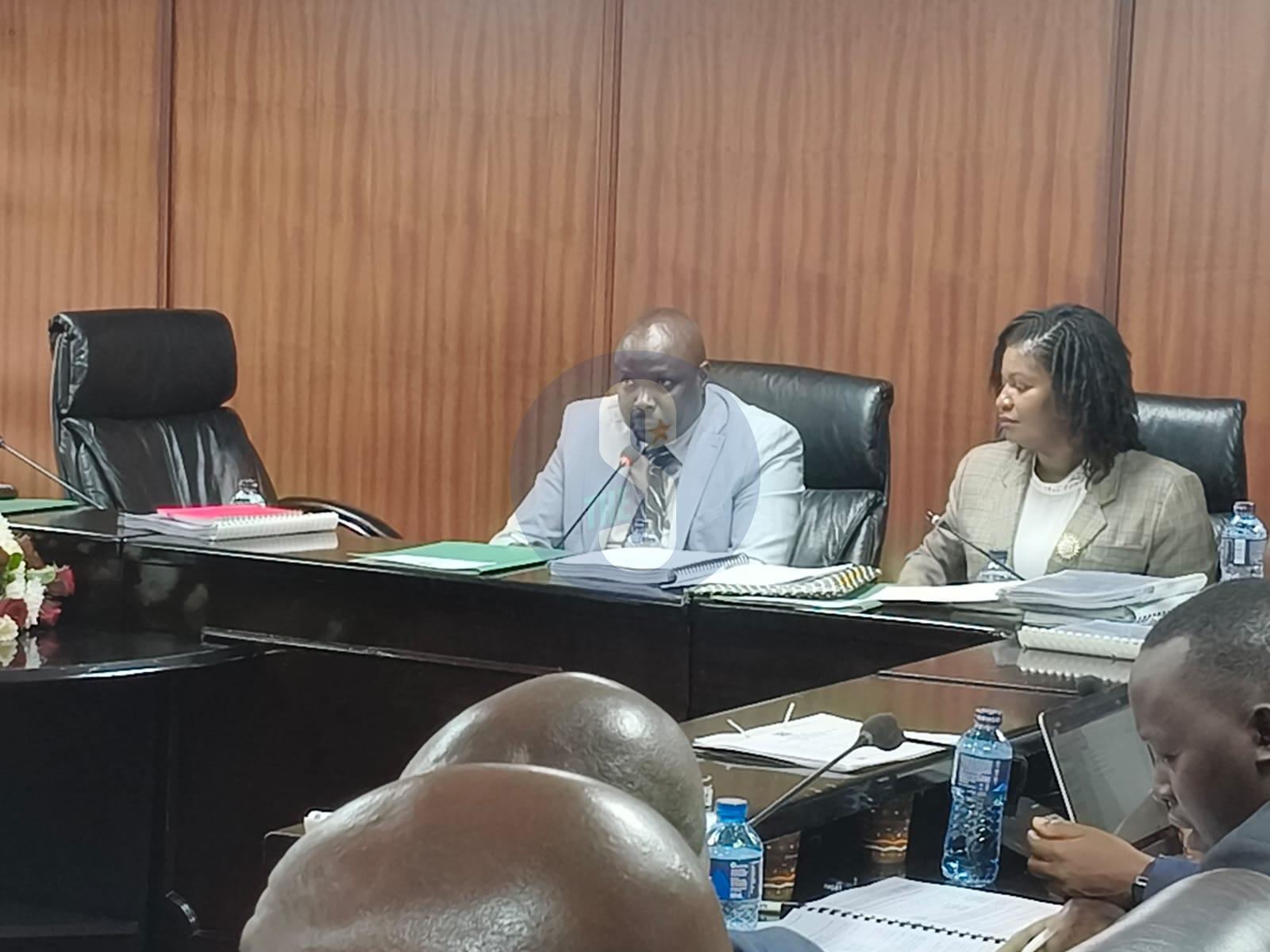

Details have emerged of how compensation delays have slowed two critical power transmission lines meant to end persistent blackouts in Western Kenya.
A committee of Parliament was told that despite the Ndhiwa high-voltage line being complete, it cannot be activated due to structures built beneath it.
The line is intended to evacuate power from the Sangoro hydropower station in Nyakach to Ndhiwa, Kisii, Nyamira, and Migori, significantly improving electricity reliability in the region.
The second line, the Narok-Bomet transmission project, is also yet to be connected.
John Mativo, representing the project team, confirmed that construction is complete, but the line remains unpowered due to structures obstructing its path.
"We cannot power up the line when there are structures below it," Mativo said.
He added that the Kenya Electricity Transmission Company (Ketraco) is still engaging with affected locals and making progress in resolving the issue.
Ketraco further disclosed that it had consulted Energy Cabinet Secretary Opiyo Wandayi on the matter.
Wandayi has previously emphasised the government’s commitment to resolving power challenges in Western Kenya.
"We are working closely with all stakeholders to fast-track compensation and ensure these critical projects are operational soon. Reliable electricity is key to development, and we cannot afford further delays," Wandayi stated.
However, MPs in the committee, chaired by Pokot South MP David Pkosing, expressed dissatisfaction with the pace of progress.
"This is a national issue. We want this line powered up to end blackouts in Western Kenya," Pkosing said.
The lawmakers warned that continued delays would hurt economic growth in the region, where businesses and households have long suffered from unreliable power supply.
Residents in affected areas have also raised concerns over the prolonged blackouts, urging the government to expedite compensation and clear wayleave hurdles.
The completion of these two lines is expected to stabilise the power grid in Western Kenya, reducing outages and supporting industrial and domestic electricity needs.
Authorities remain optimistic that the remaining challenges will be resolved in the coming months.












